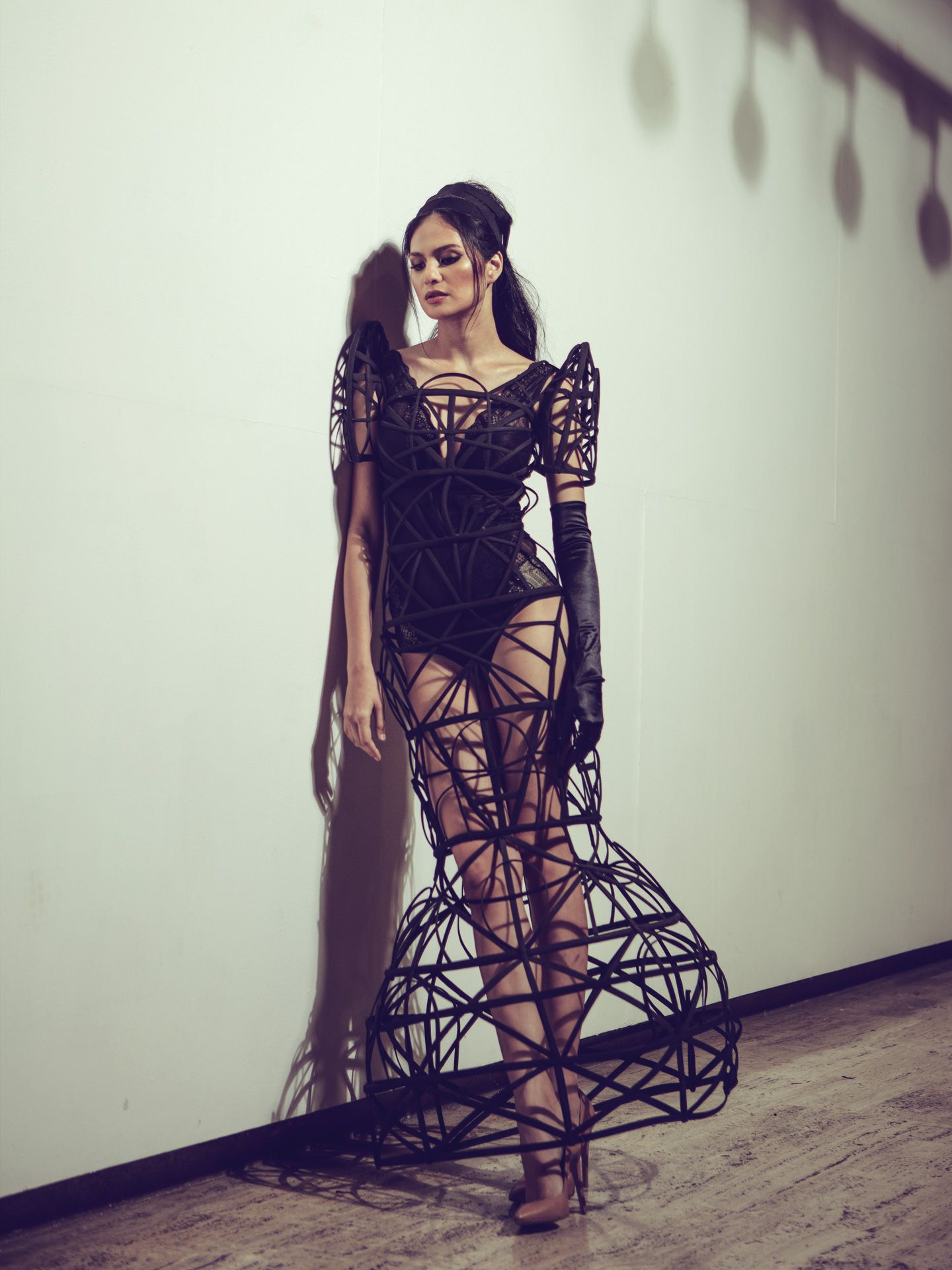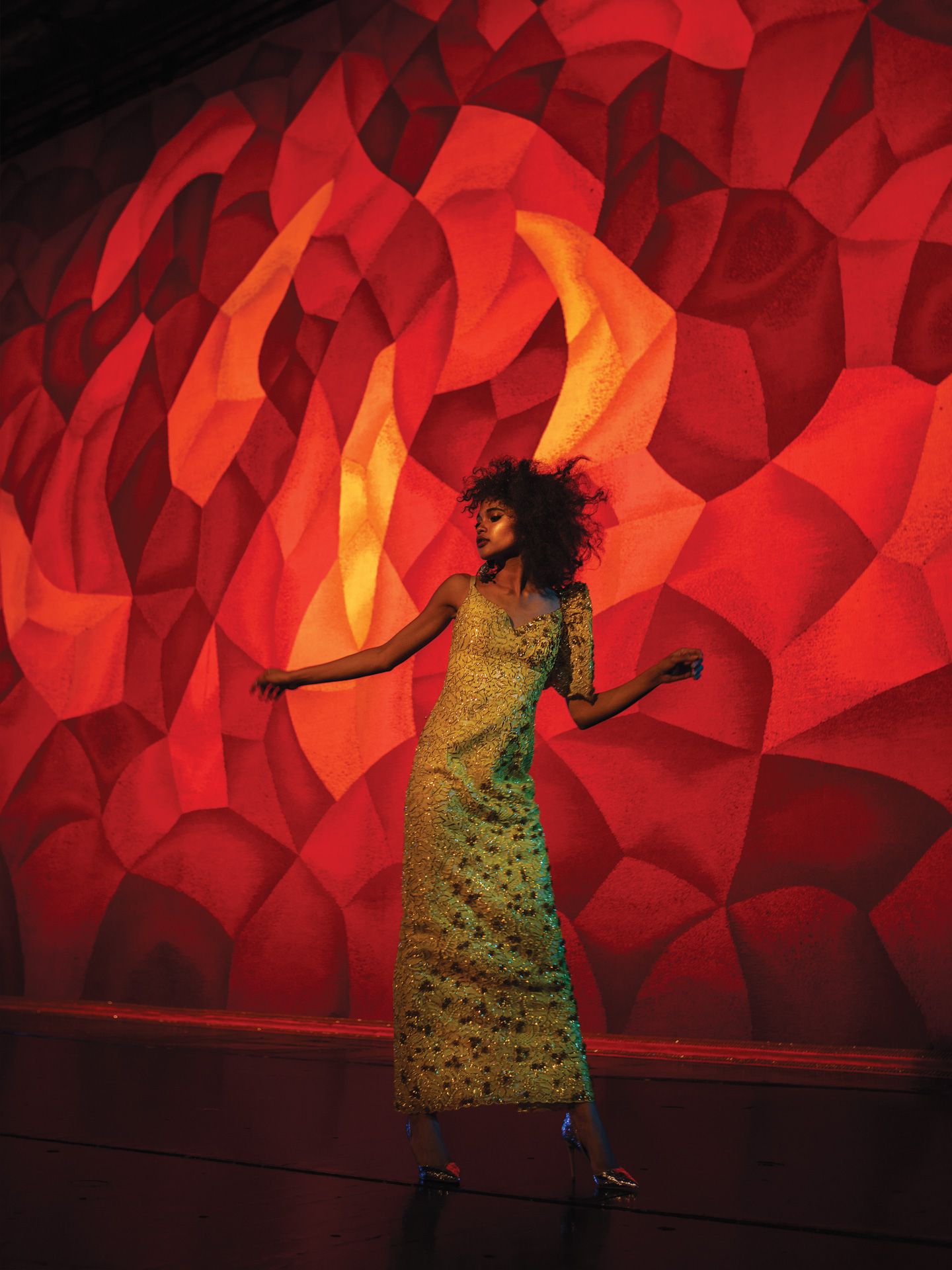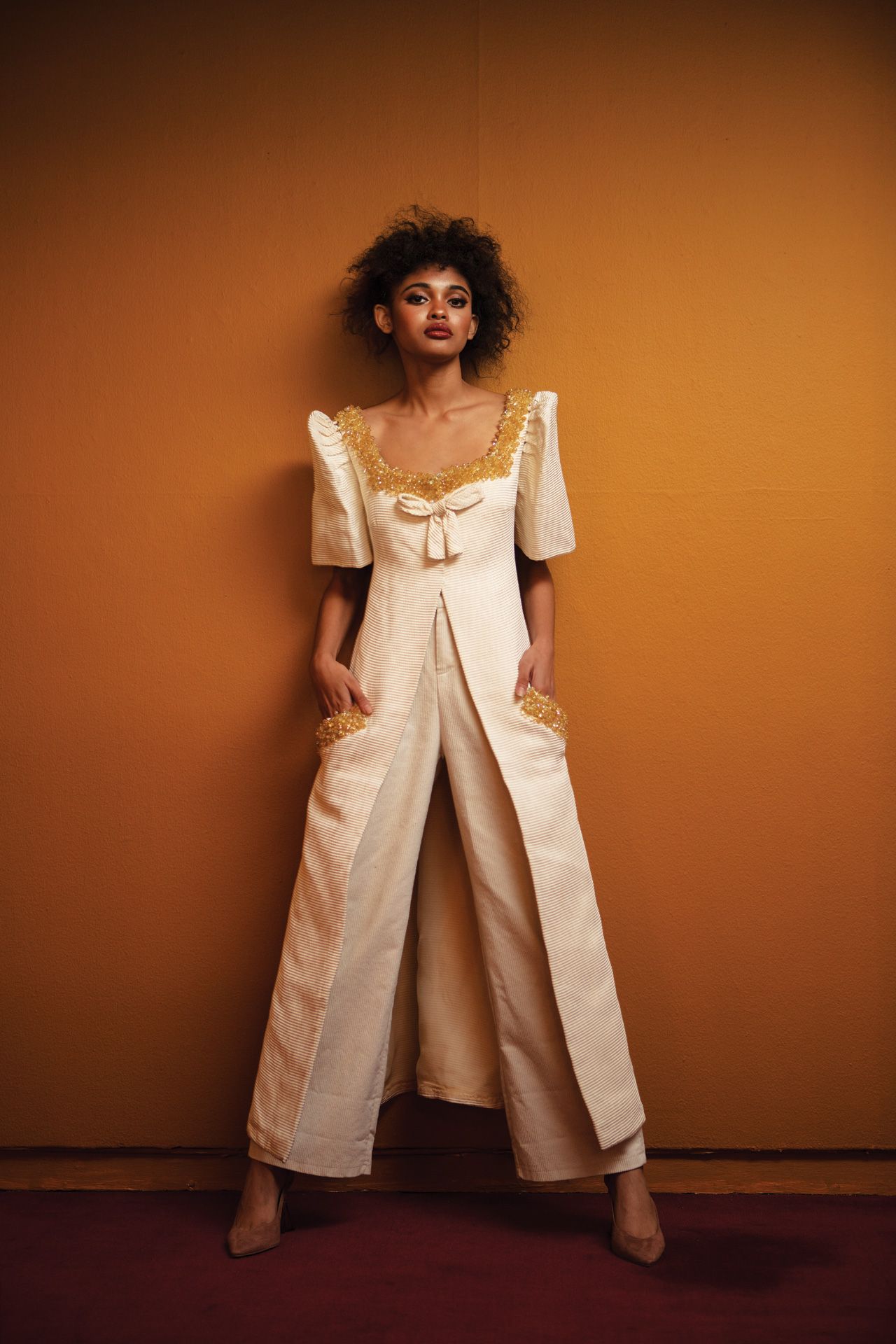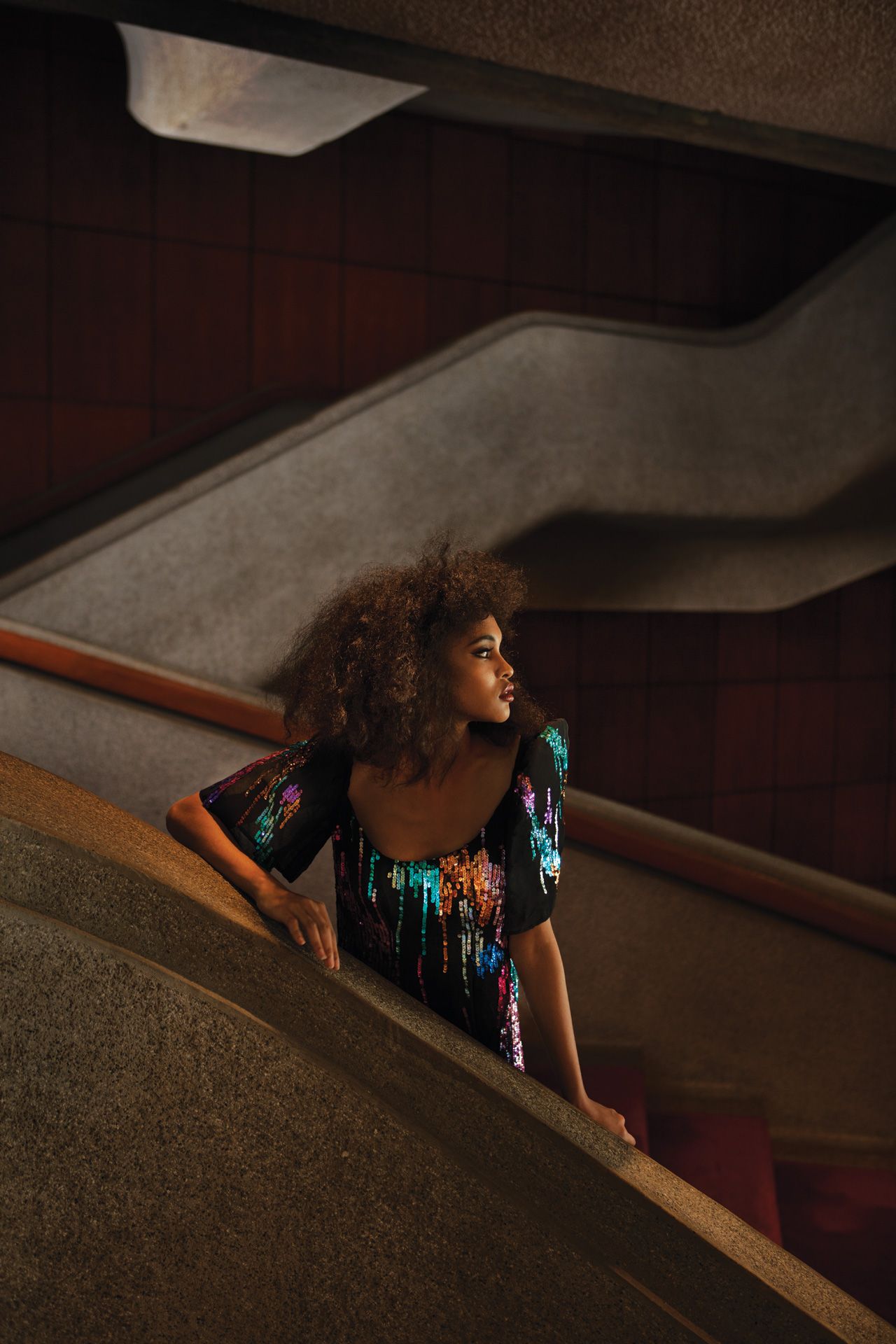Hailing the terno as a barometre of our identity, these impassioned individuals launched TERNOCON, which aims to highlight the relevance of our national dress and why it must stand the test of time
"Fashions fade,” said the late great Yves Saint Laurent, once upon a time. It is a truth that persists, as trends will always come and go, propelled and dispelled by our short-lived fascination. Our attitude towards the next big thing has hardly changed over time; we embrace them while they’re in and relegate them to the backs of our minds when they’re not. This way of thinking, to a certain extent, carries over to other aspects of fashion, affecting even the way we see the terno, the national formal dress for women in the Philippines. Due to time and circumstance, most women of today do not consider it as the go-to garment for special occasions—unless, perhaps, the invitation explicitly states so.

A Brief History
Our national dress traces its origins to the baro’t saya, a T-shaped top and sarong-style skirt worn by Filipino women during the early days of the Spanish regime; the Maria Clara, a four-piece ensemble with a full skirt, blouse, panuelo (scarf), and tapis (over-skirt) named after Crisostomo Ibarra’s sweetheart in Dr Jose Rizal’s Noli Me Tangere; and the traje de mestiza, a garment sporting bell-shaped sleeves, a slimmer skirt, and a train. As it shares some of the terno’s key characteristics, the traje de mestiza is considered its closest predecessor.
The terno (a Spanish term meaning “to match”) we know today is a flowing, one-piece gown with an A-line skirt that drops from the empire line, easily distinguishable due to the sharply pleated butterfly sleeves that lie flat at the shoulder. It is a garment modified by women for women: Pacita Longos, a designer from the 1920s, was the proponent of the terno’s iconic sleeve; another lady designer named Juanita Mina Roa caused quite a stir when her then controversial panuelo-less design walked down the runway in 1936. Though Western influences ushered in by the American occupation caused the terno to lose its prominence, it was cast back into the spotlight through the former First Lady Imelda Romualdez-Marcos, whose fondness for the garment allowed it to become a popular fashion choice once more—at least, for a time. After the Marcoses were ousted from Malacañang by the People Power Revolution, women began to distance themselves from the terno once more, wary of its association with the dark days of the dictatorship.











